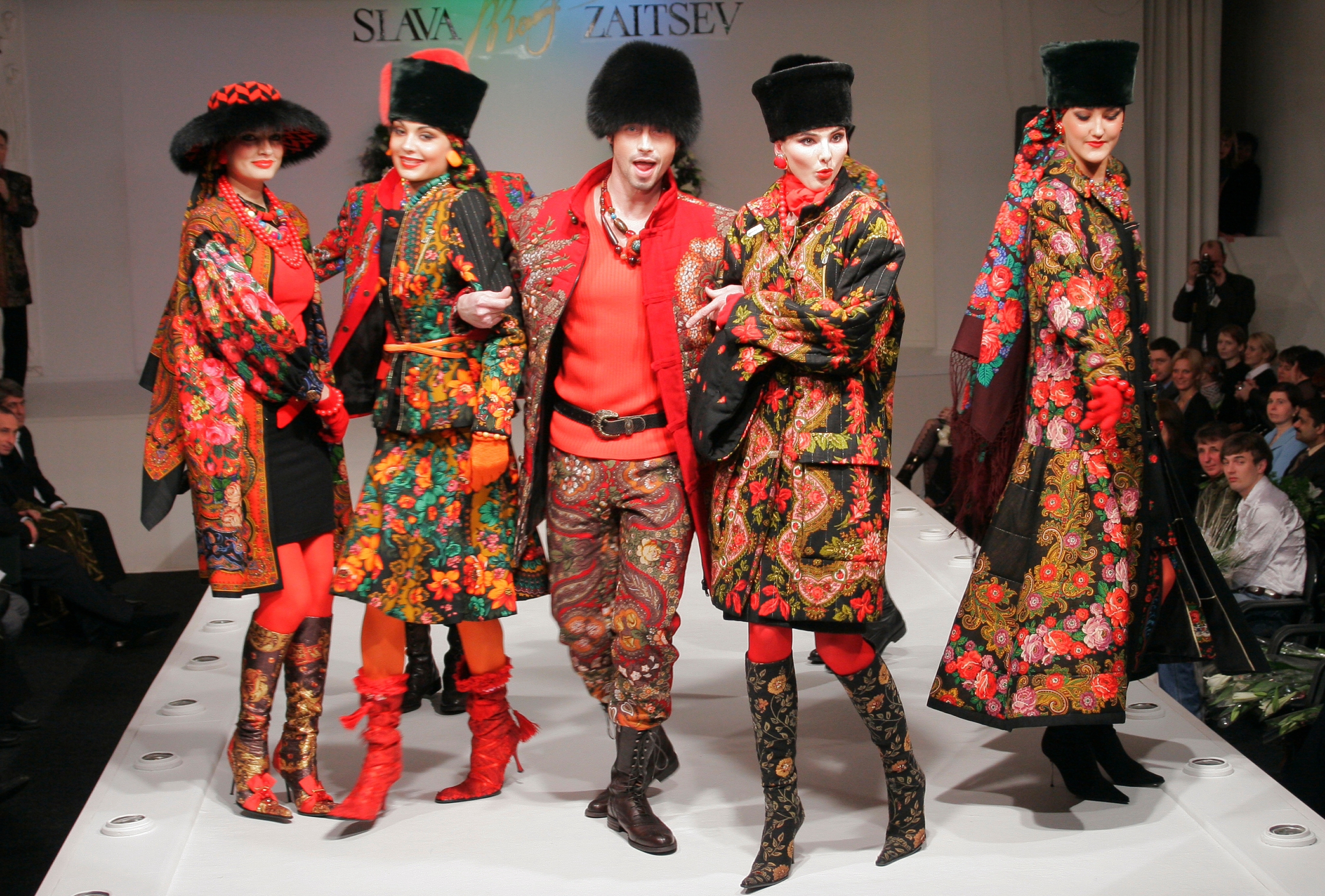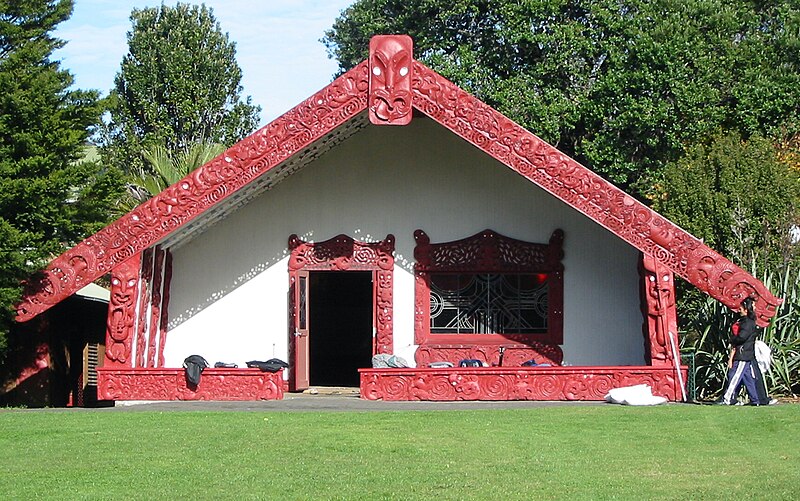I analyzed fashion commercials from six different countries to see how they were similar/different, and how they marketed their product to the consumer. I found some interesting results!
H &M, founded in 1947 as Hennes Women’s Clothing Store, has expanded rapidly from its original home in Västerås, Sweden. H&M came to America in 2000 with a store in New York City’s Fifth Avenue. Today, there are 237 H&M’s in America and 3000 stores worldwide (including countries such as Chile, Romania, Turkey, Malaysia, and Serbia. The commercial here features Jon Kortajarena, a chiseled model from Spain, who is glaring sulkily at the camera while pop music throbs around him. Although this ad was featured in the USA, the model was from Bilboa, Spain, not America. The commercial uses Jon’s sexuality (i.e. thin body, tan skin, smoldering expression) to make the viewers (most of them female) WANT to buy H&M clothing. The three panel image of Jon also hints at the advanced technology of the age—it looks futuristic, sexy, and mysterious.
Metersbonwe is a popular clothing outlet based in Shanghai, China. It currently has 5,000 stores nationwide and plans to open chains in New York, Tokyo, London, and Paris. According to an article by TIME , the company’s founder, Zhou Chengjian, plans to market his store internationally by hearkening back to China’s long and glorious history (i.e. using traditional Chinese motifs and designs). While surfing Metersbonwe’s website, I noticed that the all the models wearing the modern-looking clothes were not of Chinese descent. They models looked European or American, not ethnically Asian. But why? Perhaps to appeal to the glitzy and fashionable view of the “West” that many rural Chinese citizens probably have? The commercial I found here features Jay Chou, a popular Asian actor. The ad looks futuristic, sleek, and very modern. The technological aspect (i.e. figures that look anime or computer generated) gives the video a very avant-garde, almost emo feel. The setting is a gray and imposing city, perhaps imitating the large metropolises found in China.
Osklen is a luxury clothing brand located in Brazil and was founded by Oskar Metsavaht in 1989. The brand contrasts urban settings with nature and natural forms with technology. Metsavaht believes in environmental conservation and has his headquarters in Rio de Janeiro. The brands newest collection, “Into the Mountains” features clothing with white fur (imitating mountains), snowflakes, and Eskimo influences (going back to pristine nature). The look is very “chic hiker.” The first Vimeo ad features simpering models wearing the new A21 collection; the lighting is checkered/flickering, giving the video an ephemeral, unnatural (but glamorous) feel. The video makes the viewer long to enter the beautiful, fashionable world with dark male models and white, glowing females. The background is grainy and the music is pulsing and repetitive. At the end, the logo’s (A21) shadow looks like rippling ocean water; this hinted at nature and natural forms. The second video was just an animation of the outlines of plants and whimsical clothes (again, natural forms!)
Sela is a Russian clothing brand that first opened in St.Petersburg in 1997. It was the first large-scale commercial brand introduced in post WWII and Stalinized Russia. The clothing (for women, teens, men, and kids) is reasonably priced; cosmetics are even sold as well. The clothing looks conservative and modern, with black, cream, and red being the dominant colors. The models on the website are Russian (or at least white skinned) and look more Americanized/Western (sultry, pouting, unconcerned, slightly startled, coy). I will not post the video of the Sela commercial I found online because it contains brief nudity. I was surprised by the two ads because they were sexual and inappropriate (at least to my American eyes). However, as in Europe, nudity is not a big deal and sexuality is much more accepted/explored. The models in the commercials are typically beautiful by Western standards and engage in romantic activities.
RmKV silks was founded in 1924 by Rm. K. Visvanatha Pillai in Tirunelveli, India (Southern India). The headquarters are still in that city, but there are also locations in Hennai, Tirunelveli and Coimbatore. The company is famous for its silk sarees (women’s dress), wedding sarees, and the 50,000 color saree . The commercial featured here advertises the newest silks in the 2013 collection. The music is traditionally Indian (with modern overtones/pulses), the actors are ethnically Indian, and the drummers in the background go back to India’s illustrious history and culture. However, the commercial is in slow motion to showcase India’s new technology and rising world dominance. I noticed a strong use of chiaroscuro (contrast of light and dark) between the black background/shadowed faces of the drummers and the glowing women wearing the colorful sarees. The slow motion makes the colors richer and vibrant (what RmKV is famous for). The voice at the end, however, speaks in English, not Hindi, Gujarati, or other Indian dialect. The second video, also advertising bridal sarees, is spoken in Hindi and has Indian actresses.
Alain Figaret is a French fashion designer who launched his brand in 1968. His first store (selling dress shirts) opened in 1976 in Rue de la Paix (a famous shopping street in Paris). There are 21 stores in France alone as well as boutiques in Tokyo, Hong Kong, and Dubai. The brand is also linked with car races; it makes jackets for the racers and appears to sponsor car-related events. The commercial I found was made to advertise the “Homme et Femme” collection (2011). The figures (a high street man and woman) are presented in a large, slightly grimy city with sly, pouting, and mischievous looks. The video appeals to the classic “old-timey” Paris look, with a deserted, magical city, beautiful people, and classic-cut clothes. The video’s appearance is tinged with a rose color, making the setting sweeter and more “Parisian.” The music is not pulsing, modern, or synthesized, but is instead smooth, melodious, and calming (again embracing the charming city mood). The grainy/spotted video quality make the images look old fashioned and frozen in time. The actors looked ethnically French, especially the male model with dark sideburns and an upturned nose. The second video “Homme et Femme Alain Figaret - vidéo Night” features the sultry couple at night. This video is steamier, with darker lighting and more appeals to sexuality to sell the rugged clothng.
Final Thoughts
To wrap up my analyses, China’s commercial was grittier and less glamorous than H&M; there was not as much sexuality and conventionally attractive faces. China also used the appeal of technology and modernism to make viewers want to buy it. By contrast, Brazil was sexier than China and the figures had piercing, direct stares (“buy my clothes and you will be just as alluring and mysterious as me”). Like the Brazilian commercial (which said “Act now” – a clever, pithy statement to entice potential buyers), Russia’s ad had an end catchphrase that said “feel the same.” It used American words to appeal to Western commercialization, consumption, and standardization. Sela’s ad was more sexual than other commercials—you would not see something like that in mainstream America (it used blatant sex to sell clothing). Next, the Indian video was not sexual or romantic at all, had modern music (like the other four), and had English spoken at the end to reach more people/invoke Western customs of shopping and money (like Russia and Brazil—crazy!). As a contrast to all the other commercials, the French ad did not make an effort to appear modern and avante gard; it depicted classic, timeless, and charming French life. The pink tone to the video was not harsh, geometric, or cold (like the stark depiction of technology in China’s ad).






















